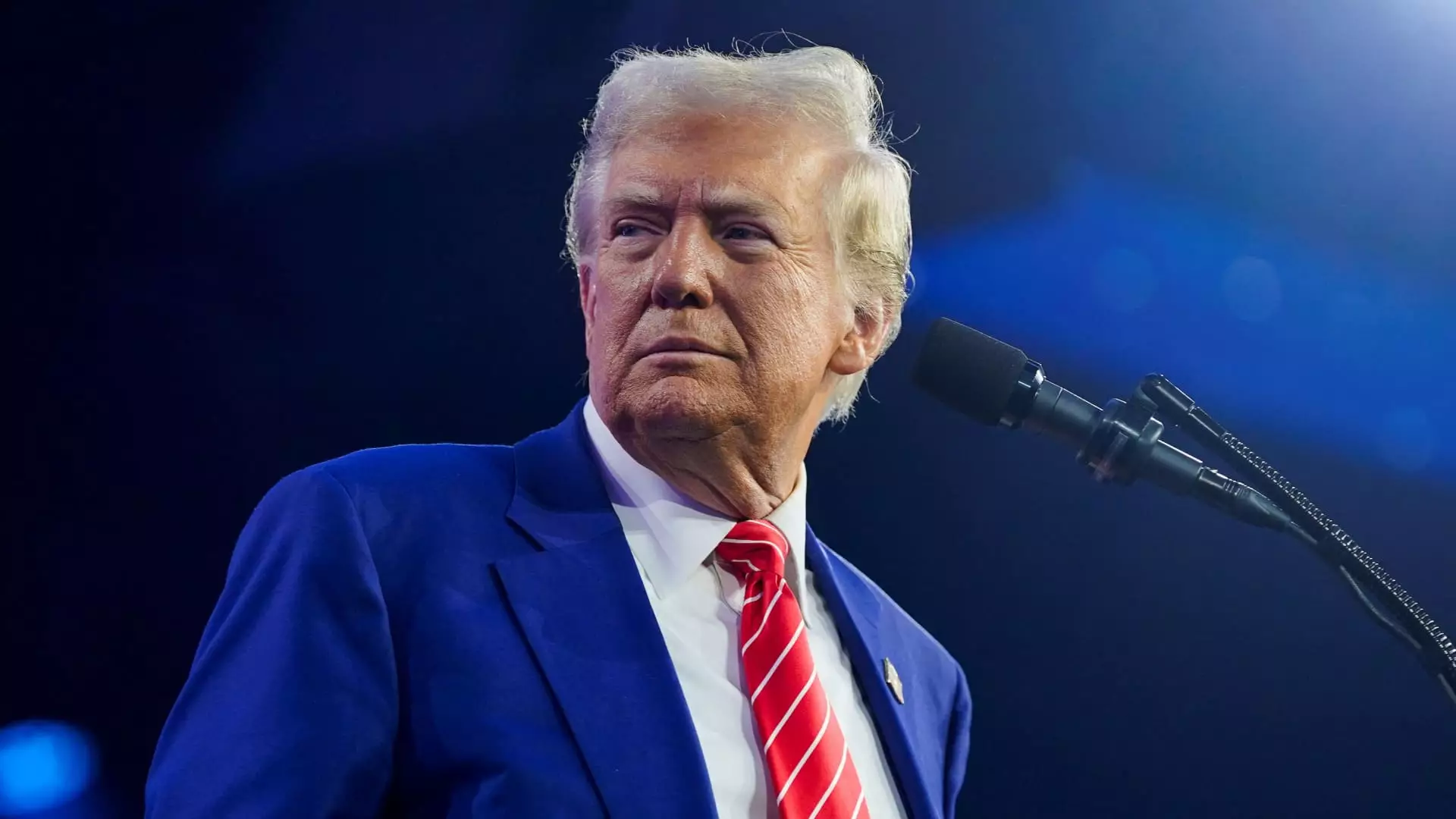In an intriguing shift towards incorporating technological expertise into governance, President-elect Donald Trump is aligning himself with notable figures from Silicon Valley as he prepares for his new administration. This trend marks a significant evolution in the relationship between technology and government, drawing from a broad pool of experienced individuals from the tech industry. This article examines the implications and potential effects of these high-profile appointments.
Trump’s recent announcements highlight his intention to integrate tech-savvy leaders into key government positions. One of the most notable appointments is that of Scott Kupor, managing partner at Andreessen Horowitz, who has been selected to lead the Office of Personnel Management (OPM). This role is crucial as it oversees the recruitment and development of the federal workforce. Kupor expressed gratitude for the opportunity and underscored the innovative projects of new challenges he would undertake, including collaboration with significant players such as Elon Musk.
Another pivotal appointment is Sriram Krishnan, who has been brought on board as a senior policy advisor for artificial intelligence at the White House Office of Science and Technology Policy (OSTP). With a robust background that spans across influential tech giants like Microsoft, Meta, and Twitter, Krishnan is well-positioned to influence AI policy in the administration. His previous collaboration with Musk, particularly during his temporary stewardship of X, reflects the intertwining of tech innovation and government leadership in today’s digital landscape.
The Influence of Elon Musk
Undoubtedly, the most notable figure in Trump’s orbit is Elon Musk, whose contributions and perspectives have shaped significant aspects of the tech industry. As a longstanding supporter and significant donor to Trump, Musk’s presence in the administration raises questions around the ethical dynamics of such close ties between business magnates and political power. Tracing Musk’s impact, he operates multiple enterprises ranging from electric vehicles at Tesla to space exploration at SpaceX, in addition to ventures in neurotechnology with Neuralink.
This close relationship with Trump has sparked a cautionary response among various stakeholders. Democrats and business competitors of Musk have expressed concern regarding the disproportionate influence he wields over policy-making. The newly formed Department of Government Efficiency (DOGE), which involves leaders like Krishnan, indicates an intent to streamline spending and regulation, potentially altering the landscape for many industries that navigate governmental red tape.
A noticeable transformation has occurred in the stance of tech corporations towards Trump. Unlike his previous term characterized by animosity between the tech sector and the administration, there appears to be a rekindling of support. Prominent companies such as Amazon and Meta have pledged substantial financial contributions to Trump’s inaugural committee, indicating a newfound alignment. The willingness of Silicon Valley leaders to visit Trump at Mar-a-Lago also hints at a shift towards collaboration rather than confrontation.
The implications of this transformation are manifold, particularly regarding the future of regulation in the tech industry. The involvement of seasoned industry leaders such as Ken Howery, appointed as ambassador to Denmark, and Michael Kratsios, returning to lead the OSTP, suggests a commitment to leveraging executive talent to navigate complex tech-related challenges.
As President-elect Trump moves forward, his strategy of incorporating tech heavyweights into his administration can be viewed as both an opportunity and a risk. The infusion of innovative perspectives into government roles could enhance efficiency and responsiveness to contemporary issues, particularly in an era where technology continually intersects with daily life. However, the nuances of such an alliance warrant close scrutiny, especially concerning potential conflicts of interest and the implications for regulatory frameworks that govern the tech landscape.
The trajectory of these appointments may redefine the relationship between Silicon Valley and Washington, potentially setting a precedent for future administrations. As political dynamics continue to evolve, the intersection of technology and governance promises to be a focal point of discourse in the coming years.

